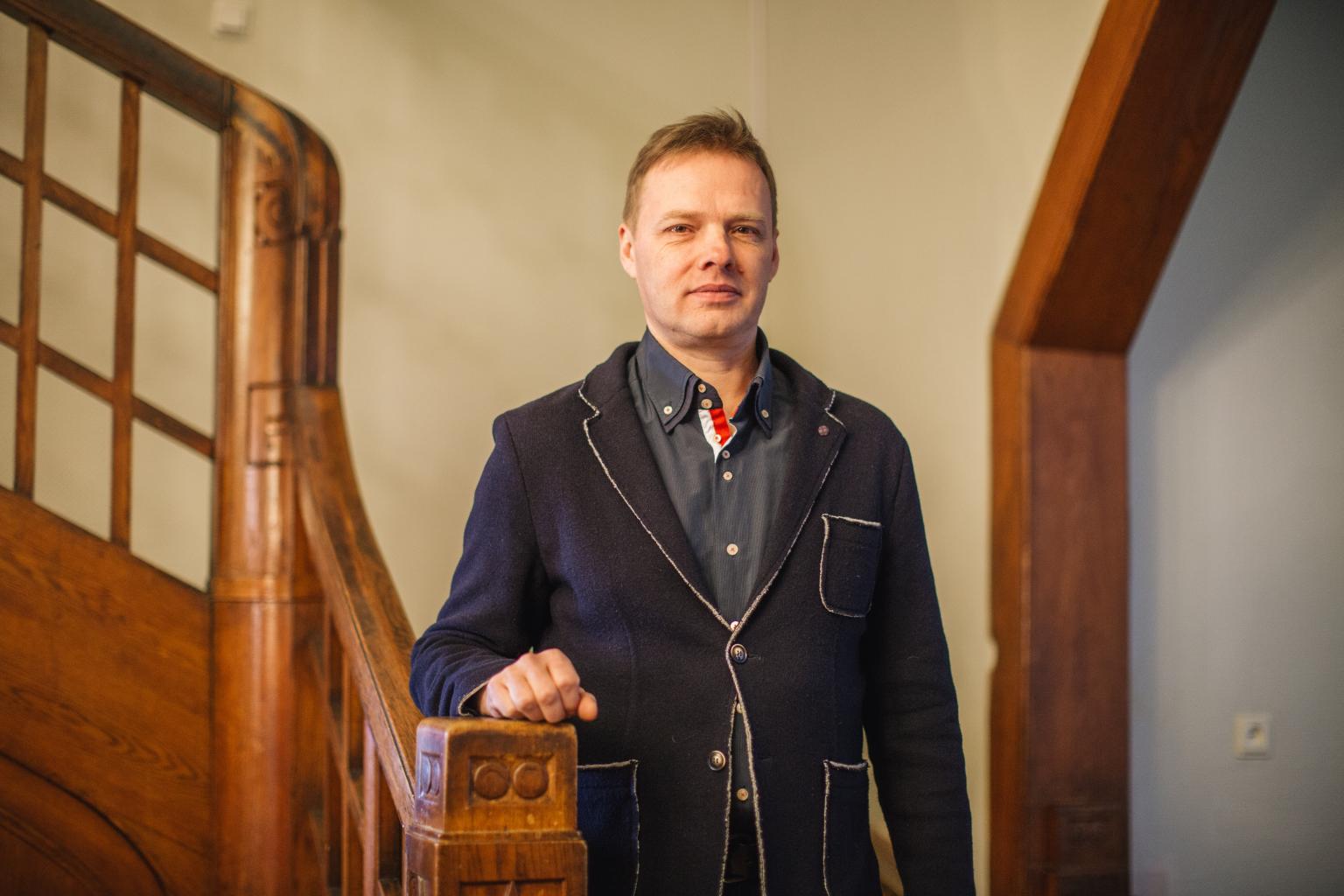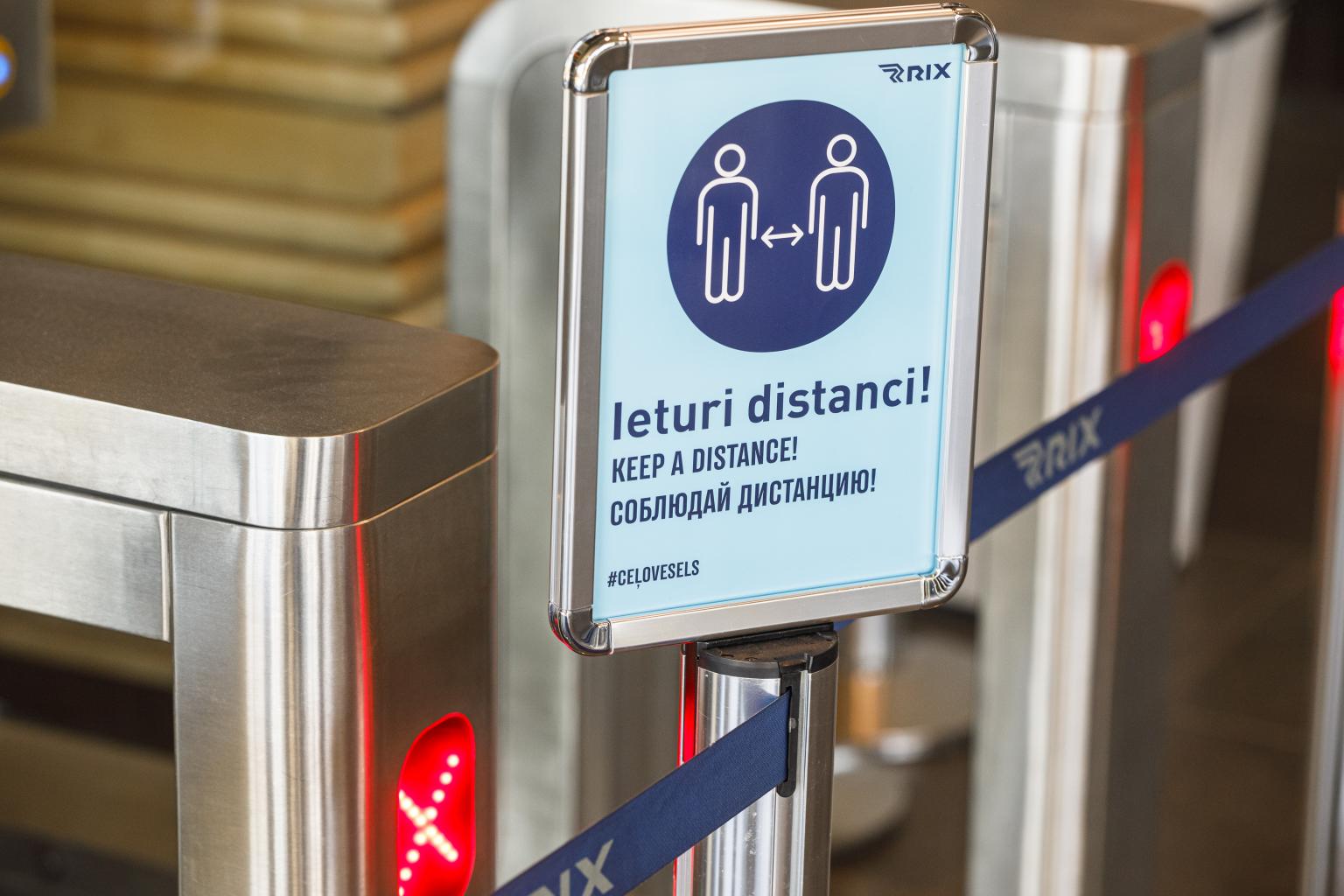Social Anthropologists at RSU study Latvian compliance to COVID-19 restrictions
Together with a team of graduates from the Social Anthropology programme, Klāvs Sedlenieks, an Assistant Professor in the Department of Communication Studies at Rīga Stradiņš University (RSU), is conducting an extensive study to find out how residents of Latvia evaluate and comply with the restrictions put in place due to COVID-19. The study is part of the national research project Life with COVID-19, which has been approved by the Latvian Council of Science. The team evaluates people's behaviours and attitudes by collecting and analysing data through conducting observations and sociological surveys. To find out more about the survey and its initial findings we invited Asst. Prof. Klāvs Sedlenieks for a conversation.
How did the idea about this study come about?
At the beginning of the pandemic we already understood that it would be very important to document what is happening in society. For instance, we wanted to find out how people were responding to the government imposed restrictions and epidemiologists’ suggestions on how to behave and act in public spaces.
There is little information on what actually happens in society on a daily basis and how people perceive the restrictions on a policy level. Decisions are often made based on decision-makers’ subjective views, which might be limited as they have formed their opinions only by communicating with the people around them, rather than having any systematic grounds.
What should be done to change the situation?
In order to carry out a more extensive study, we created a special group of ethnographers. It consists of 14 people, mostly graduates of the social anthropology programme. During the peak of the pandemic, from March to June, members of the group observed how people complied, or failed to comply with restrictions in various Latvian cities and regions. The study was carried out in Rīga, Liepāja, Cēsis, Vecpiebalga, Madona and other cities. The ethnographers did not have any specific routes – each of them went about their own daily agenda. At certain times they had to be in certain places, for example, they had to visit an exhibition, had some business meetings, or simply needed to do some shopping or wanted to relax by the seaside. Depending on their own schedule and the activities they had planned, the ethnographers conducted qualitative observations based on a common methodology. It would not be right to go against minimizing social contacts in the name of science during the outbreak of the epidemic. Therefore observations were passive and did not interfere with what people were doing.
What are your initial findings?
We continue to analyse the data we have collected. For now, we can draw the conclusion that people find it difficult to meet abstract requirements.
For instance, people struggle to keep a two meter distance to others if there are no clear instructions. If two people standing next to one another cannot reach each other with their arms outstretched, then we can assume that there are two meters between them. Signs at store checkouts are really great - almost everyone follows the rules there. So, rules matter, but their interpretation and design matter as well, as this way people are less tempted to interpret the rules their own way, or make their own decisions.
You carried out two surveys, one at the beginning of April and the other at the beginning of May. What did you want to find out, and what were the results?
We assessed social attitudes towards the restrictions, partly because there was a belief that people disproved of them, could not wait for the restrictions would be lifted, and sometimes saw them as exaggerated. Policy discussions that resulted in the government’s decisions to continue, reduce, or reinforce the restrictions were in a way based on reactions on social media. This certainly did not comply with the data from our ethnographic observations, or surveys.
At the end of April 93% of those surveyed saw the restrictions as either adequate or not strict enough. Only 7% felt that they were too strict. A month later, around 80% still saw the restrictions as adequate.

We wanted to find out respondents' views on reducing social contact to protect themselves from COVID-19 with the help of the survey. We found out that there is a common tendency in the way people think: the better you know a person, the less afraid you should be. Whereas, if you are not familiar with a person, the risk of getting infected is higher, so one should avoid immigrants, people who have returned from abroad and strangers. But contact with family members and friends was seen as moderately, or even completely safe. That of course is not true, as we know that the disease spreads easily among family members, friends and acquaintances.
Also, the initial findings prove that people of higher social status tend to think that restrictions do not apply to them as much as they apply to others, that they are meant for “ordinary people”. For instance, some managers believed they did not have to follow the rules as strictly as their employees. This is, of course, not the case.
How would you describe the team’s contribution to future decision making? How could policy makers use these findings?
We have already presented our data to ministry representatives and communication specialists. We are still continuing to process and analyse the data that has been collected during the study. We want to understand if an observation tool like this could be used in similar situations during outbreaks of other diseases, for example. We are developing good practice and methodological guidance on how to carry out work like this, and how to communicate about it in the future.
You mentioned that the opinions prevalent on social media differ from the findings of the survey. Does that mean that the government and ministries should not take social media into account to draw conclusions?
When it comes to government and ministry representatives, we concluded that their opinions are, of course, not based on social media alone. Yet, officials do take social media into account, despite the fact that opinions expressed on social media are often subjective and emotionally charged. For example, a certain group communicates via social networks but they have their own interests and very loud voices. The frustrated ones can raise their voices, whilst the ones in favour for the need of restrictions do not seem to scream out their opinion to the same degree.




